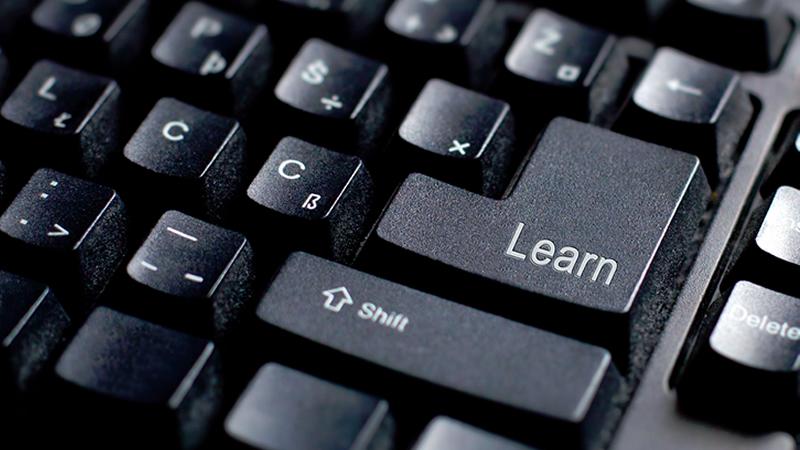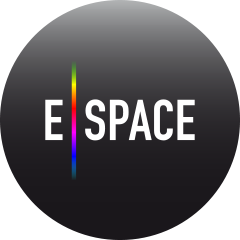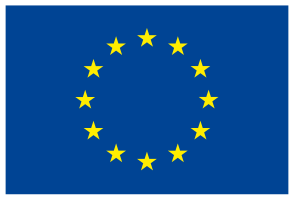This deliverable documents the work of the educational demonstrators, as well as the other ways in which E-Space has been active on the educational front: the thematic pilots, the MOOC, the mini website. The deliverable provides results as best practice examples that may become exemplary or used as a model for other GLAMs or other parties interested in making the bridge between digital heritage and education.
DOWNLOAD THE DELIVERABLE (PDF, 3,5 Mb)
EXECUTIVE SUMMARY
Galleries, Libraries, Archives and Museums (GLAMs) sit on a huge potential of digital learning material. Many of their digitised assets could become used as learning resources, but in order for the educational sector to take them on increased attention to some aspects is required. The quality of the provided content or digital asset should be good enough (e.g. digitised text is readable), the quality of context should be of good standard (e.g. enough contextual information is provided), and GLAMs should think of and try to identify the impact that they are pursuing.
As education becomes ever more technologically orientated, teachers need to understand how to optimally use this ‘edtech’ in their educational practices. They need to understand how a certain technology may boost a specific learning effect, or define other useful areas for which technological tools may be used as effect enhancers. Simultaneously, GLAMs should become aware of these different learning situations and context, in order to understand how they could optimally offer their assets to the teaching community – both in compulsory and higher education.
Successful and varied educational examples incorporating digital heritage assets are identified on local, regional and European levels. The E-Space project has developed inspirational proofs of concept, as did Europeana in cooperation with the private sector. All of these practices would be greatly facilitated with a clear IPR framework, or with skills to use more Open Educational Resources (OER). GLAM institutions could greatly contribute to a worldwide OER repository of certified, studied digital heritage assets.
However, it is not just as simple as putting a cat next to a bowl of milk. Some facets of the ‘education + digital heritage’ spectrum need more thought. A giant repository such as Europeana has lots to offer to teachers – in terms of content, metadata, stories, but unless there is a degree of curation, steering teachers towards what they are looking for, the degree of use will remain rather low. The actual impact that technology has on education may also be questioned. It would be too simple to say that de facto ICT tools boost education(al impact). A similar criticism can be heard regarding the current ‘gamification’ of many assets or learning resources. There is also the cost that ICT based education brings: investments in hard- and software and increased investment in time (from GLAMs as well as re-users).
STRUCTURE OF THE DOCUMENT
The document starts by setting the scene of what is happening in the field of education and digital heritage. It starts by looking at trends in education which are growing more and more towards using ‘edtech’ or ICT in teaching environments. Then it looks at how education can be matched with digital culture and heritage. Requirements for enabling the relationship between GLAM materials and education are pointed out – identifying goals, providing good quality resources and equal context.
In a following chapter, the European dimension of the digital heritage and education story is looked at. The first focus is on the work E-Space is doing in this domain, discussing the educational demonstrators, the educational dimension of the six pilot actions, the E-Space MOOC and then the project’s two educational workshops. The ‘Europeana for Education’ campaign is then also discussed.
Before concluding, the document identifies some myths, trends & opportunities that require further exploration. There is the question of how ICT tools are generating educational impact, or what the importance is of providing Open Educational Resources (also in the form of digital heritage assets). ICT use in schools and digital heritage is considered, followed by the question of whether ‘gamification’ of materials really stimulates better learning outcomes. Lastly, how the market also affects the incorporation of ICT and digital resources in education is discussed.
The report concludes with a set of best practices recommendations for those that want to pursue digital heritage educational projects or make their assets available as educational material, and future expectations.



